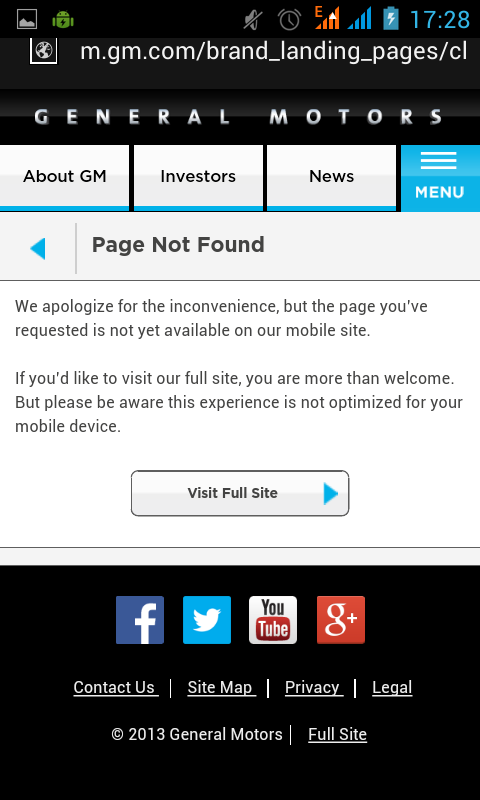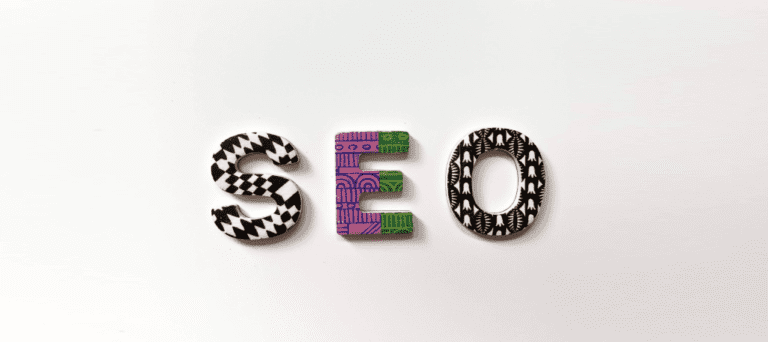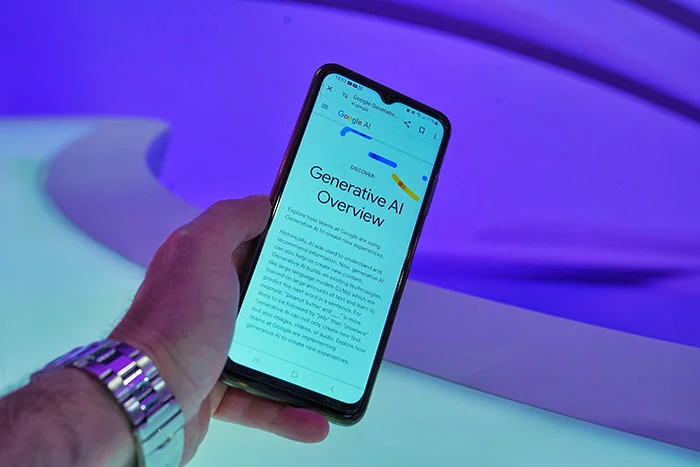Addressing Common Mistakes in Mobile Optimization

A recently released study reveals that two-thirds of Fortune 100 companies are not mobile-optimized for Google, and 97% of top U.S. retailers fail to follow several mobile optimization guidelines. In a multi-screen, multi-platform and increasingly mobile world, this means lost business opportunities for your business. Your web development company should address these mistakes immediately and implement an integrated desktop and mobile SEO strategy in order to maintain your visibility on both desktop and mobile SERPs.
Below are a few of the most common mobile optimization mistakes you could be making, or you may have missed in your last website audit, and tips on addressing these mistakes. Use this as your starting point to see if your website needs mobile optimization, and talk to us immediately if you find one or more of these mistakes on your site.
Redirect Errors
Redirect errors are a series of errors that happen when users search using their mobile devices and they are redirected to one of the following choices:
- An unrelated page on your website (to be discussed in a bit)
- An internal server error (500) page, or
- A non-existent page, which leads to an error 404 page.
In the example above, the GM website appears on top of Google SERPs after the Knowledge Graph result (image 1), but when you click on the “Chevrolet Division” link, it leads you to an error page (image 2).
How to Fix This: Make sure to check your mobile redirects. If you have a mobile version of your desktop website, let us know and we will set your redirects to the mobile versions in case the search originates from mobile. If you do not have a mobile-friendly version of your site yet, serve the desktop version. This way, your visitors still get relevant content instead of being redirected to an error page.
Irrelevant Redirects
As mentioned earlier, if your redirects are not properly configured for mobile, your visitors may be led to irrelevant pages on your website. This may be caused by the following:
- Your desktop server is configured to serve only the homepage to mobile users, regardless if there is a mobile equivalent of the page being requested
- You have pages that use dynamic URLs (if you own an ecommerce site, you might experience this) that don’t redirect properly to their mobile counterparts
- Your mobile redirection configuration in general is not properly set, causing some mobile devices to display mobile formats properly and other smartphones to display error messages instead
How to Fix This: Check your configuration and have your desktop pages redirect to the proper mobile counterparts. Develop a mapping scheme that makes it easier for dynamic desktop pages to redirect to the proper mobile website versions in order to avoid this redirection error. As with the previous item, if you do not have a mobile-friendly version, serve your users the desktop version of the page.
You should also check the kind of redirection you are using. HTTP redirects are more flexible, because they can be used across all platforms without any problems as long as they are configured properly. JavaScript redirects may cause some sites to display errors on handsets and mobile devices that do not support JavaScript. Decide whether you will serve the desktop version in this case, or if you want us to create a mobile version of your site without the JavaScript redirection instead.
Incorrect Googlebot Handling
This happens when your website sends Googlebot on an infinite redirect loop because of any of the errors mentioned above, because of missing headers and tags that identify each page properly, or because of improper URL mapping from desktop to mobile. Key pages of your site may not be indexed properly as a result of this error, which is why it’s important to address this immediately upon detection.
How to Fix It: First, you need to find out if your website is handling Googlebots incorrectly on mobile. Request a website audit that includes mobile functionality from us and we will tell you if your site is sending Googlebots on an infinite loop for specific pages.
You’ll need to do the fixes discussed in the items above to get started. You also need to check your URL mapping scheme in order to ensure that all desktop pages redirect to their corresponding mobile versions properly.
It’s important that you address these mobile optimization issues and prepare your website for mobile as your audience moves to different platforms. We’d be happy to help you fix these common errors. Schedule a digital marketing consultation today about your mobile web design and we’ll start with your complete website audit to learn what we can improve.








